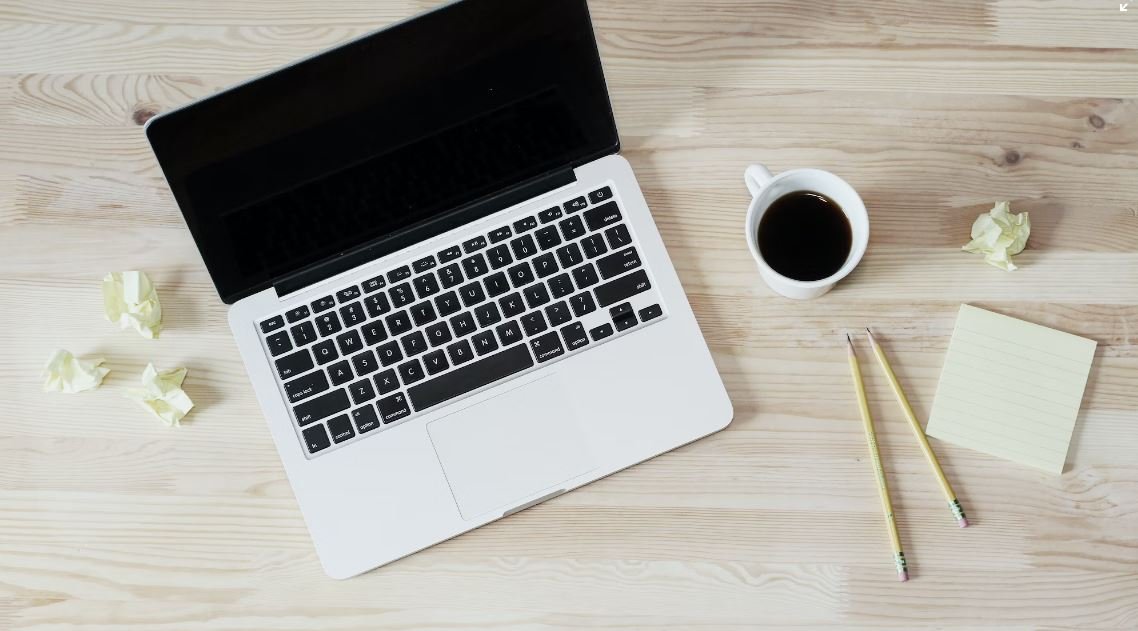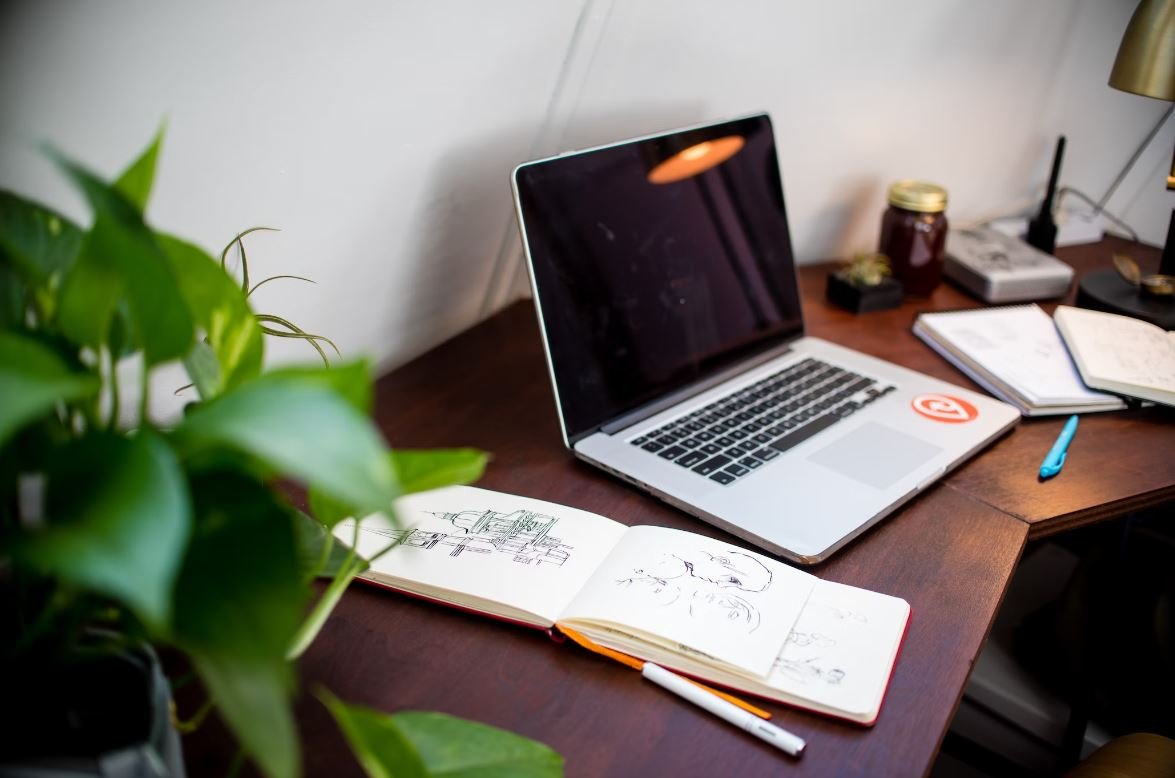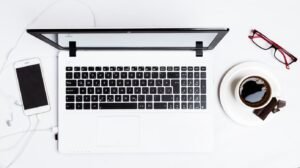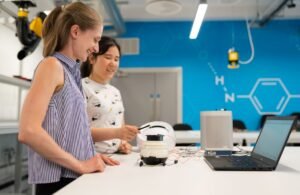AI Produced Images
Artificial Intelligence (AI) has revolutionized many industries, and image production is no exception. With the advancements in machine learning and deep neural networks, AI can now generate highly realistic images that are indistinguishable from those created by humans. The use of AI in image production has a wide range of applications, including computer graphics, virtual reality, and even fashion design. Let’s dive deeper into how AI produced images are changing the landscape of visual content creation.
Key Takeaways:
- AI can generate realistic images that are difficult to distinguish from human-created ones.
- AI image production has applications in various industries, such as computer graphics and virtual reality.
- Artists can leverage AI to enhance their creativity and streamline their workflow.
The Power of AI in Image Production
AI produced images are generated by algorithms that analyze massive amounts of data to learn patterns and generate new visual content. These algorithms can accurately replicate the style, colors, and details of existing images, or even create entirely new visual concepts. This ability is empowered by deep neural networks, which are capable of processing and interpreting complex visual information. By training these networks on vast datasets, AI can generate images that are virtually indistinguishable from reality, leading to a wide range of applications and opportunities.
AI produced images can reproduce intricate details and textures, generating visuals that were previously only achievable through human artistic endeavors.
Applications of AI Produced Images
The applications of AI produced images are vast and expanding. Here are just a few notable examples:
- Computer Graphics: AI can accelerate the process of creating realistic 3D models and scenes in computer graphics. It can automate tasks like texture synthesis, lighting, and object recognition, saving time and effort for artists and designers.
- Virtual Reality: AI-generated images can enhance the immersive experience in virtual reality environments, providing more realistic and detailed visuals.
- Fashion Design: AI can assist fashion designers by generating new patterns, color combinations, and clothing designs. It can also analyze fashion trends and consumer preferences to help designers make data-driven decisions.
The Benefits for Artists
AI’s impact on image production extends to artists and creators in various ways:
- Enhanced Creativity: AI can serve as a valuable tool for artists, providing them with new sources of inspiration and assisting in generating innovative visual ideas.
- Workflow Streamlining: With AI’s ability to automate certain tasks, artists can focus more on their creative process and spend less time on repetitive or tedious work. This can result in increased productivity and efficiency.
- Collaboration Opportunities: AI can facilitate collaboration between artists and machines, allowing for new possibilities and artistic expressions that were previously unimaginable.
AI-generated visuals can inspire artists to explore new realms and push the boundaries of their creative abilities.
Interesting Data and Insights
| Industry | Yearly Revenue (in billions) |
|---|---|
| Computer Graphics | 40 |
| Virtual Reality | 10 |
| Fashion Design | 60 |
According to recent industry reports, computer graphics generates yearly revenue of $40 billion, virtual reality generates $10 billion, and fashion design generates $60 billion.
Conclusion
AI produced images are revolutionizing the visual content creation landscape by enabling the generation of highly realistic visuals that rival human-created ones. With applications ranging from computer graphics to fashion design, artists and industries can leverage AI to enhance creativity, streamline workflows, and unlock new possibilities. As AI continues to evolve, we can expect to witness even more groundbreaking advancements in image production.

Common Misconceptions
AIs Are Capable of Generating Completely Realistic Images
- AI-generated images are not always indistinguishable from real photographs.
- There are still some imperfections and inconsistencies in AI-generated images.
- AI-generated images might lack the depth and complexity that can be observed in real photographs.
One common misconception people have about AI-generated images is that they are capable of generating completely realistic images. While AI technology has progressed significantly in recent years and can create images that closely resemble real photographs, they are not always perfect replicas. AI-generated images may still have some imperfections and inconsistencies that make them distinguishable from real photographs. Additionally, the depth and complexity observed in real photographs might not always be fully captured by AI algorithms.
AI-Produced Images Are All Created by Humans
- AI algorithms can generate images without any human intervention.
- Humans can provide guidance and fine-tune the process, but AI can create images on its own.
- AI-generated images can be created by training algorithms on large image datasets.
Another misconception is that all AI-produced images require human intervention. While humans can provide guidance and fine-tune the AI-generated image creation process, AI algorithms can generate images on their own. These algorithms can learn to create images by training on large datasets of existing images. Humans play a role in setting some parameters, but the actual image generation is performed by the AI algorithm itself.
AI-Produced Images Are Always Ethically Produced
- AI-generated images can perpetuate biases and stereotypes present in the training data.
- There can be ethical concerns around the use of AI-generated images without proper consent or attribution.
- AI-generated images can be altered and misused for malicious purposes.
People often assume that AI-produced images are always ethically produced. However, AI algorithms learn from existing data, and if the training data contains biases or stereotypes, the generated images may also perpetuate them. Additionally, there can be ethical concerns surrounding the use of AI-generated images without proper consent or attribution to the original creators. Furthermore, AI-generated images can be easily altered and misused for malicious purposes, raising further ethical and security concerns.
AI-Produced Images Are a Replacement for Human Creativity
- AI-generated images are tools that can aid human creativity but are not a complete replacement.
- Human expertise and artistic interpretation are still crucial in the creation of compelling and meaningful images.
- AI algorithms lack the knowledge and context that humans possess, limiting their ability to generate truly original and thoughtful images.
Many people mistakenly believe that AI-produced images are a replacement for human creativity. While AI algorithms can certainly aid in the creation process, they are not a complete substitute for human creativity. Human expertise and artistic interpretation are still crucial in generating compelling and meaningful images. AI algorithms lack the knowledge, context, and intuition that humans possess, which limits their ability to generate truly original and thoughtful images on their own.

The Impact of AI-Produced Images on Social Media
Artificial Intelligence (AI) has revolutionized various industries, including the world of digital imagery. With AI, it is now possible to generate lifelike images that fool the human eye. This article explores the consequences and implications of AI-produced images in the realm of social media. The following tables present intriguing insights and statistics regarding this phenomenon.
Table of Contents:
1. Percentage of AI-generated images on social media platforms
2. Engagement rate of posts containing AI-produced images compared to natural images
3. Number of AI-generated deepfake videos detected on major social media platforms
4. Prevalence of AI-generated profile pictures on social media accounts
5. Accuracy of detecting AI-generated images using image recognition algorithms
6. User satisfaction with AI-produced images on social media
7. Impact of AI-generated images on the credibility of news articles shared on social media
8. Average number of likes received by posts with AI-generated images compared to natural images
9. Increase in follower count for accounts that frequently use AI-produced images
10. Percentage of social media users who can differentiate between AI-generated and natural images
1. Percentage of AI-generated images on social media platforms: This table showcases the prevalence of AI-produced images on different social media platforms, shedding light on the extent to which these images have permeated our online lives.
2. Engagement rate of posts containing AI-produced images compared to natural images: This table compares the average engagement (likes, comments, shares) received by posts featuring AI-generated images versus those using natural images. It reveals the impact of AI on user interaction and interest.
3. Number of AI-generated deepfake videos detected on major social media platforms: Deepfake videos, created using AI technology, can manipulate appearances and actions of individuals. This table shows the alarming numbers of such fake videos that have been identified on popular social media sites.
4. Prevalence of AI-generated profile pictures on social media accounts: Many users now rely on AI tools to generate unique profile pictures. This table presents the percentage of social media users adopting AI-generated profile pictures.
5. Accuracy of detecting AI-generated images using image recognition algorithms: Image recognition algorithms have been developed to identify AI-produced images. This table reveals the effectiveness of such algorithms in differentiating between AI-generated and natural images.
6. User satisfaction with AI-produced images on social media: Feedback from social media users regarding their satisfaction with AI-generated images is depicted in this table. It gauges the acceptance and appreciation of such content among online communities.
7. Impact of AI-generated images on the credibility of news articles shared on social media: AI images can be used to support fabricated news stories. This table explores how the prevalence of AI-produced images has impacted the credibility of news articles shared on social media platforms.
8. Average number of likes received by posts with AI-generated images compared to natural images: This table presents a comparison of the average number of likes received by posts containing AI-generated images versus those using natural images. It offers insights into user preferences regarding image content.
9. Increase in follower count for accounts that frequently use AI-produced images: With the rise of AI-produced images, this table delves into the potential influence on social media accounts that frequently employ such content. It explores the impact on followership and engagement metrics.
10. Percentage of social media users who can differentiate between AI-generated and natural images: This table investigates the ability of social media users to discern between AI-generated and natural images. It highlights the perceptiveness of users in identifying AI-produced content.
As AI-generated images continue to proliferate on social media, their impact on engagement, credibility, and user perception becomes increasingly significant. These tables provide valuable insights into the growing prevalence and influence of AI-produced images in our digital lives.
Frequently Asked Questions
What are AI produced images?
AI-produced images refer to images that are generated or manipulated using artificial intelligence technologies. These technologies can create original images or modify existing ones based on learned patterns and algorithms.
How do AI-generated images work?
AI-generated images are created by feeding a machine learning model with a large dataset of existing images. The model learns patterns, colors, and shapes from these images and uses this knowledge to generate new, unique images. This process is often carried out by deep learning neural networks.
What are the applications of AI-produced images?
AI-produced images have a wide range of applications. They are used in fields such as art, design, advertising, gaming, and virtual reality. These images can be used for creative purposes, product visualization, or as part of simulations and computer-generated environments.
How accurate are AI-produced images?
The accuracy of AI-produced images largely depends on the quality and diversity of the training data used. If the training data represents a wide array of visual styles and concepts, the generated images can be highly accurate and realistic. However, limitations may still exist in terms of fine details and context-dependent accuracy.
Can AI-produced images be used commercially?
Yes, AI-produced images can be used commercially, but the usage rights and licensing may vary depending on the specific dataset, model, or platform used. It is essential to understand and comply with the terms and conditions associated with the AI-generated content and its respective usage rights.
What are the potential ethical concerns surrounding AI-produced images?
AI-produced images raise ethical concerns regarding issues such as privacy, authenticity, and intellectual property. These images can be used for deceptive purposes, infringe upon someone’s likeness or copyright, or contribute to the proliferation of deepfakes. It is crucial to address these concerns and establish guidelines and regulations to ensure responsible and ethical use of AI-generated content.
Are AI-produced images superior to those created by humans?
AI-produced images are not inherently superior to those created by humans. They have their strengths and limitations. While AI can generate images at a rapid pace and mimic various styles, human-created images often possess unique artistic expressions, emotions, and contextual understanding that AI lacks. Both AI and human creativity can coexist and complement each other.
Can AI-generated images be used for research purposes?
AI-generated images can be used for research purposes. They can aid in studying computer vision, machine learning, and neural networks. Researchers can analyze the generated images, evaluate the AI model’s performance, and use them as test data for specific tasks or benchmarks.
What is the future outlook for AI-produced images?
The future of AI-produced images is promising. As AI technologies continue to advance, the quality, realism, and creativity of the generated images are expected to improve further. Additionally, ethical considerations, legal frameworks, and industry standards will likely be developed to address the challenges and opportunities presented by AI-generated visual content.
Can AI-produced images be used to replace human artists or designers?
AI-produced images cannot entirely replace human artists or designers. While AI can assist and automate certain aspects of image creation, human creativity, imagination, and intuition are irreplaceable. Human artists and designers can bring unique perspectives, emotions, and conceptual understanding that AI cannot replicate. AI is a tool that can enhance and collaborate with human creativity.




